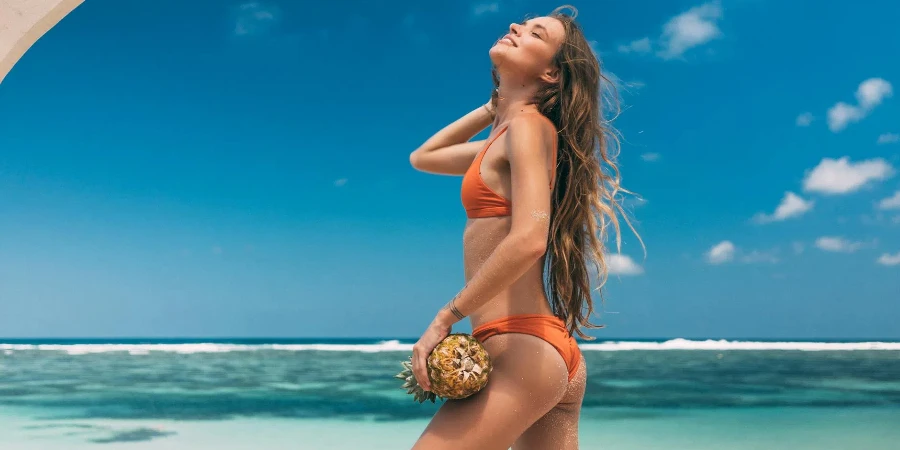Beachwear cover-ups have become an essential part of summer wardrobes, offering both style and functionality. These versatile pieces not only provide a fashionable layer over swimwear but also offer protection from the sun. As the demand for beachwear cover-ups continues to rise, it’s important to understand the market dynamics and trends driving this growth.
Table of Contents:
– Market Overview: The Rising Demand for Beachwear Cover-Ups
– Exploring the Types and Styles of Beachwear Cover-Ups
– Performance and Functionality: What Buyers Need to Know
– Design and Aesthetics: Captivating the Consumer’s Eye
– Customization and Luxury Trends in Beachwear Cover-Ups
Market Overview: The Rising Demand for Beachwear Cover-Ups
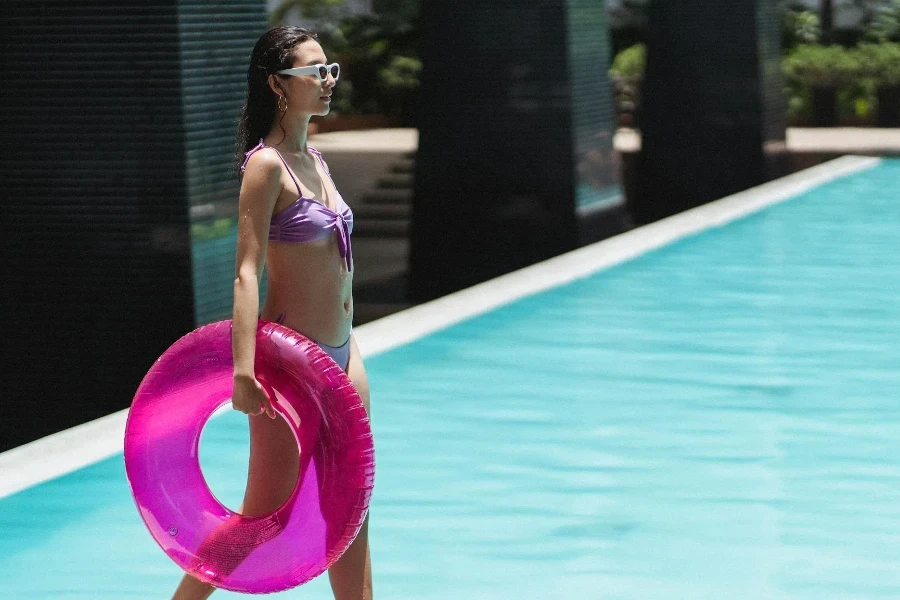
The global market for swimwear and beachwear, including cover-ups, is experiencing significant growth. According to Research and Markets, the market is estimated at $27.5 billion in 2023 and is projected to reach $41.1 billion by 2030, growing at a compound annual growth rate (CAGR) of 5.9%. This growth is driven by several factors, including the increasing popularity of beach vacations, the influence of social media, and the rising awareness of sun protection.
Data of Market Performance
The swimwear and beachwear market is highly competitive, with numerous brands vying for market share through innovation and strategic initiatives. Companies are investing in research and development to create swimwear that combines fashion with functionality, catering to diverse consumer needs. For instance, the polyester swimwear and beachwear segment is expected to reach $15.5 billion by 2030, growing at a CAGR of 6.8%, as reported by Research and Markets.
Regional Insights
The U.S. market for swimwear and beachwear is estimated at $7.3 billion in 2023, while China is forecasted to grow at an impressive 8.8% CAGR to reach $9.3 billion by 2030. Other key regions, including Japan, Canada, Germany, and the Asia-Pacific, are also witnessing substantial growth. This regional expansion is fueled by rising disposable incomes, growing tourism, and the increasing popularity of beach destinations.
Key Players
The competitive landscape of the swimwear and beachwear market includes major players such as Arena Italia S.p.A, Diana Sport, Jantzen Apparel LLC, and NoZONE Clothing Limited. These companies are leveraging strategic partnerships, collaborations with fashion designers, and celebrity endorsements to enhance brand visibility and appeal. Additionally, they are focusing on expanding their presence in emerging markets and utilizing digital marketing strategies to reach a broader audience.
Exploring the Types and Styles of Beachwear Cover-Ups
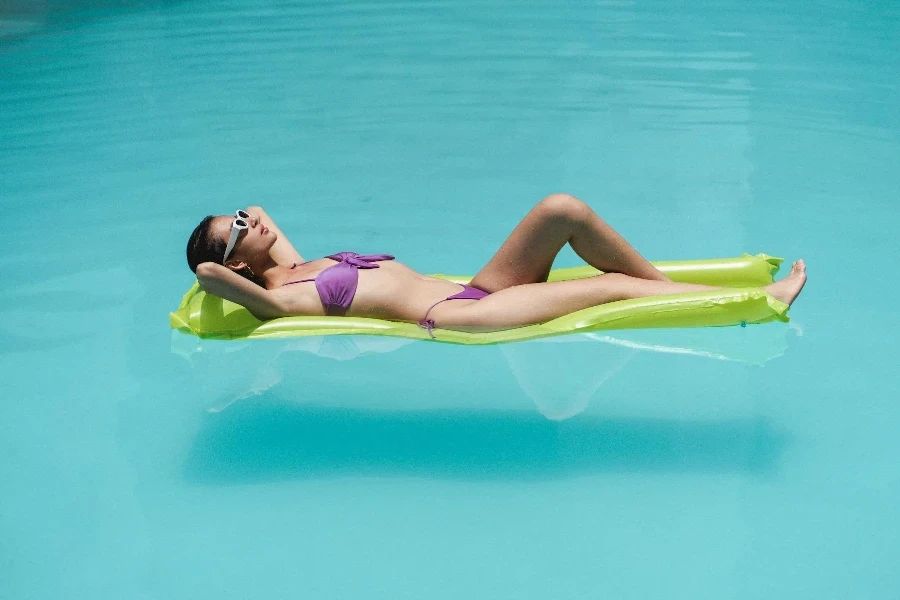
From Sarongs to Kaftans: Popular Types of Cover-Ups
Beachwear cover-ups come in a variety of styles, each offering unique benefits and aesthetic appeal. Sarongs, for instance, are versatile pieces of fabric that can be tied in multiple ways to create skirts, dresses, or shawls. They are lightweight and easy to pack, making them a favorite among travelers. Kaftans, on the other hand, are loose-fitting garments that provide excellent coverage and comfort. They often feature intricate embroidery or beadwork, adding a touch of elegance to beachwear.
Another popular type is the tunic, which is similar to a kaftan but typically shorter and more fitted. Tunics can be worn over swimsuits or paired with shorts for a casual beach look. Sheer skirts and dresses are also trending, offering a playful and feminine touch to beachwear. According to WGSN, sheer fabrics are particularly popular for vacationing and festivals, adding a layer of sophistication and style.
Embracing Versatility: Style Trends in Beachwear Cover-Ups
The versatility of beachwear cover-ups is one of their most appealing features. They can be styled in numerous ways to suit different occasions, from a day at the beach to a casual evening out. The trend of mix-and-match sets is gaining traction, allowing consumers to create multiple looks with a few key pieces. This modular approach to beachwear is highlighted in the “City to Beach” collection by Calle Del Mar, which emphasizes the importance of layering and individualistic styling.
The rise of the #NuBoheme and #Western aesthetics is also influencing beachwear trends. These styles incorporate elements like ruffles, broderie anglaise fabrics, and playful appliqués, creating a romantic and bohemian look. According to WGSN, these themes are expected to grow in popularity, driven by their nostalgic and artistic appeal.
Performance and Functionality: What Buyers Need to Know
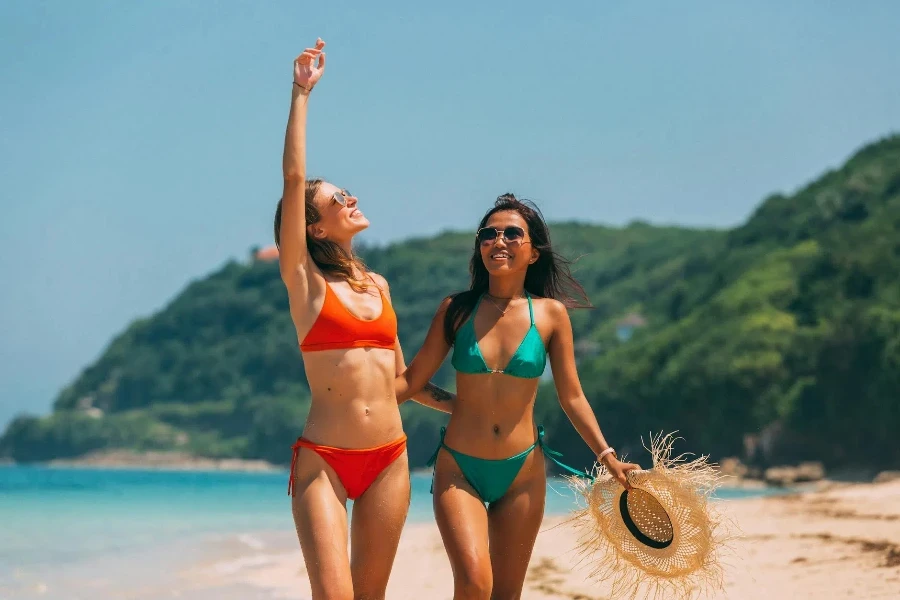
Sun Protection and Comfort: Key Functional Features
When it comes to beachwear cover-ups, functionality is just as important as style. Sun protection is a critical feature, especially for those spending extended periods outdoors. Many cover-ups are now designed with built-in UV protection, using fabrics that block harmful rays while remaining lightweight and breathable. According to the “Cosmic Cowgirl” design capsule, materials like recycled or bio-based poly/nylon are ideal for creating sun-protective beachwear that is also eco-friendly.
Comfort is another key consideration. Adjustable straps, elastic waistbands, and soft, natural fabrics like GRS cotton, hemp, or linen enhance the wearability of cover-ups. These materials are not only comfortable but also sustainable, aligning with the growing consumer demand for eco-conscious fashion.
Quick-Dry and Breathable Fabrics: Enhancing Performance
Quick-dry and breathable fabrics are essential for beachwear cover-ups, ensuring that wearers stay comfortable even after a dip in the ocean. Fabrics like mesh, lightweight knits, and bio-based stretch options made from castor beans are excellent choices. These materials wick moisture away from the skin and dry rapidly, making them perfect for beach activities.
The use of natural fibers like hemp and linen also contributes to the breathability of cover-ups. These fabrics allow air to circulate, keeping the body cool and reducing the risk of overheating. According to WGSN, the integration of these performance-enhancing features is crucial for creating beachwear that meets the needs of modern consumers.
Design and Aesthetics: Captivating the Consumer’s Eye
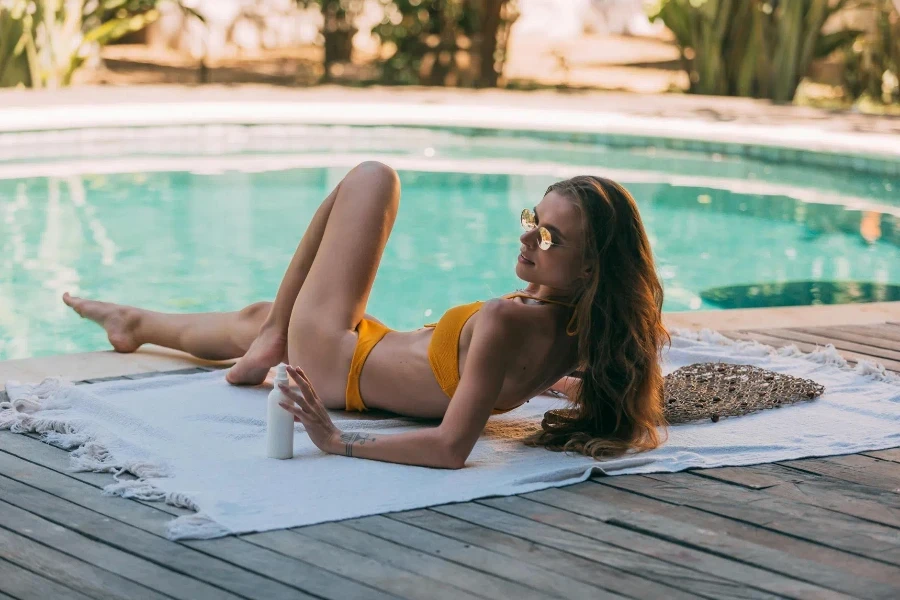
Patterns and Prints: Making a Statement on the Beach
Patterns and prints play a significant role in the appeal of beachwear cover-ups. Bold, large-scale prints and intricate embroidery are particularly popular, adding visual interest and personality to the garments. According to EDITED, florals, especially hibiscus prints, are making a strong comeback, with a 425% increase in YoY arrivals for tops featuring this pattern.
Sheer fabrics with layered designs are also trending, offering a delicate and feminine look. These materials can be used to create statement pieces that stand out on the beach, as seen in the “Cosmic Cowgirl” collection, which features playful sheer skirts and dresses.
The Role of Color: Seasonal and Timeless Choices
Color is a powerful tool in fashion, and beachwear cover-ups are no exception. Seasonal colors like aqua, coral, and bright nautical shades are popular choices for summer collections. These vibrant hues evoke the essence of the beach and add a cheerful touch to the garments. According to EDITED, aqua tones have seen a slight decrease in popularity, but swimwear in general has experienced a 28% increase in YoY arrivals, indicating a strong market for colorful beachwear.
Timeless colors like black, white, and neutral tones also remain staples in beachwear collections. These classic shades offer versatility and can be easily paired with other pieces. The “City to Beach” collection by Calle Del Mar emphasizes a serene and sophisticated palette centered around neutral tones, complemented by bright accents.
Fit and Cut: Ensuring the Perfect Look and Feel
The fit and cut of beachwear cover-ups are crucial for achieving the perfect look and feel. Well-designed cover-ups should offer a flattering silhouette while providing comfort and ease of movement. Features like adjustable straps, elastic waistbands, and strategically placed darts can enhance the fit and ensure a quality finish.
High-waisted designs, puff sleeves, and ruffled trims are popular elements that add a feminine touch to beachwear. These details are particularly effective in creating a romantic and bohemian aesthetic, aligning with the #NuBoheme trend.
Customization and Luxury Trends in Beachwear Cover-Ups
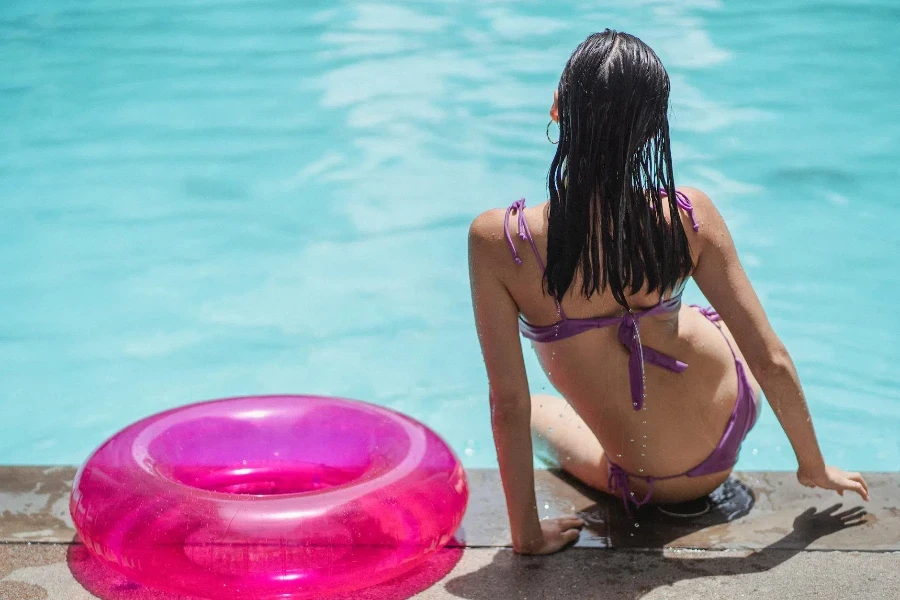
Personalized Beachwear: The Rise of Customization
Customization is becoming increasingly popular in the fashion industry, and beachwear is no exception. Personalized cover-ups allow consumers to express their individuality and create unique looks. Options like monogramming, custom embroidery, and adjustable features enable wearers to tailor their garments to their preferences.
Luxury Beachwear: High-End Trends and Influences
Luxury beachwear is characterized by high-quality materials, intricate designs, and attention to detail. Brands like Rubin Singer and Free People are leading the way in creating luxurious cover-ups that combine style and functionality. These high-end pieces often feature embellishments like beading, sequins, and embroidery, adding a touch of glamour to beachwear.
The use of sustainable and eco-friendly materials is also a key trend in luxury beachwear. Investing in better-for-the-environment fabrics and incorporating biodegradable options can enhance the appeal of luxury cover-ups. This approach not only meets the demands of eco-conscious consumers but also aligns with the broader trend towards sustainability in fashion.
Conclusion
The world of beachwear cover-ups is rich with variety and innovation, offering something for every style and preference. From versatile sarongs and elegant kaftans to performance-enhancing fabrics and luxurious designs, the options are endless. As we look to the future, the trends of customization, sustainability, and high-end craftsmanship will continue to shape the market, providing consumers with beautiful and functional beachwear that stands the test of time. Embracing these trends will not only captivate the consumer’s eye but also contribute to a more sustainable and personalized fashion industry.
